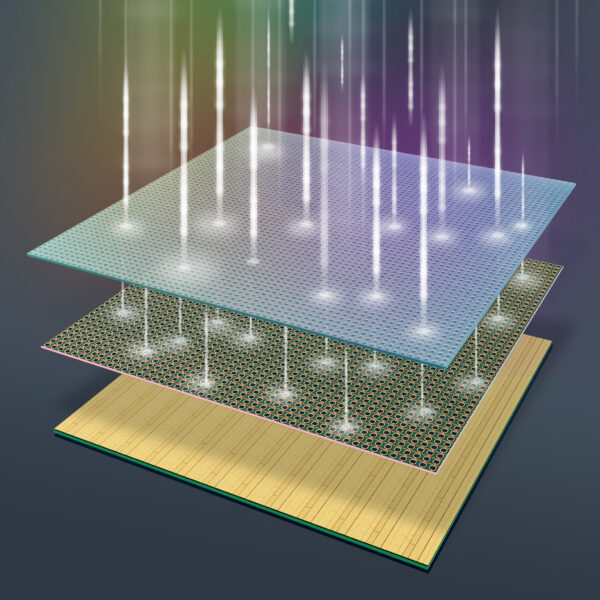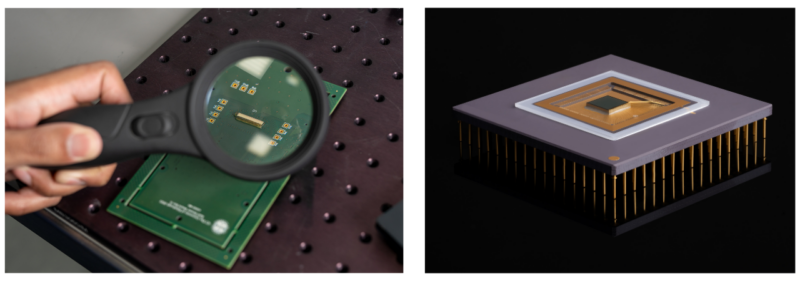Technology Scotland recently caught up with our member, Singular Photonics, for our Member Spotlight series. We find out who Singular Photonics are, what they do, and much more! Take a look below and get to know them.
What does your organisation do?
Our sensors enable the world to extract more information from light. We are developing the next generation of image sensors based on single photon avalanche diodes (SPADs) for a wide range of applications.
While previous digital imaging technologies were limited to capturing 2D images in optimal lighting conditions, requiring cooling and noisy analogue signal processing paths, SPADs work differently: they convert light (photons) directly into digital signal without the need for any analogue signal processing. This eliminates inefficiencies and results in faster, noiseless operation, even in the lowest light levels.
A spin-out from the lab of digital imaging pioneer Robert Henderson, Professor of Electronic Imaging at the University of Edinburgh, we have developed SPAD-based image sensors that simultaneously capture depth and temporal dimensions to generate 4D images that provide deep, data-rich insights.

SPAD sensor layers with photons
What is your organisation’s biggest achievement?
We are one of the first companies in the world to bring advanced computation to SPAD-based image sensing.
To date, most commercial SPAD-based image sensors have been limited to counting and timing photons. We set ourselves apart by integrating advanced electronics beneath the SPADs to enable complex on-chip computation, comparable to the way FPGAs and GPUs have revolutionised parallel computing by conducting high-speed, localized processing.
Powered by this advanced on-chip computation, our family of sensor products enable a new paradigm in digital imaging, offering compact, energy-efficient, and highly versatile solutions for a wide range of technological challenges.
Tell us something exciting about your organisation
We are excited to be launching the third sensor in our product family later this year. While full details remain under wraps, the new sensor has been officially named Litavis, continuing our thematic naming convention inspired by ancient Celtic deities. The name carries forward a meaningful legacy we’ve established with our sensors – each product not only embodies technical excellence but also tells a story, and Litavis is the next chapter.
Litavis will join Sirona and Andarta, both of which are already delivering cutting-edge performance and reliability in the field. Further details about the new sensor, including specifications and availability, will be revealed closer to the launch date.

Sirona (L) and Andarta (R)
Why did you join Technology Scotland?
We joined the organisation to become part of the collaborative technology community that is at the heart of Scotland’s innovation ecosystem. Membership offers us invaluable access to a diverse network of industry leaders, academic partners, and potential collaborators through Technology Scotland’s networks. By participating in these networks, we aim to expand our connections, raise our company profile, and stay at the forefront of technological advancements and sector developments.
The organisation also provides a collective voice for its members, representing industry interests to both the UK and Scottish governments, and actively shaping policy responses to sector challenges. Through this platform, we can help promote Scotland’s technology capabilities, contribute to thought leadership, and ensure our company remains visible and relevant in a rapidly evolving market.
